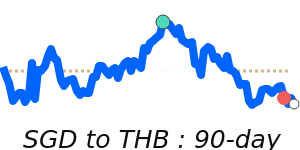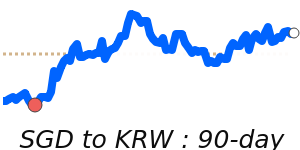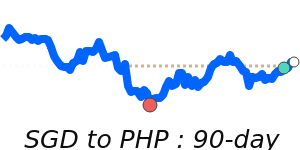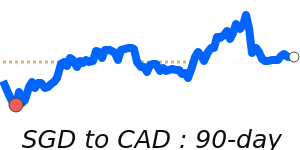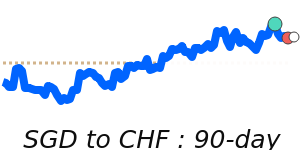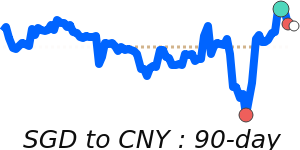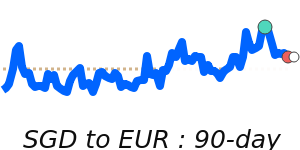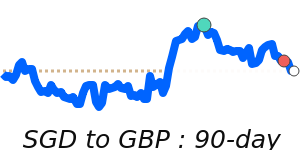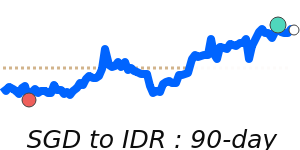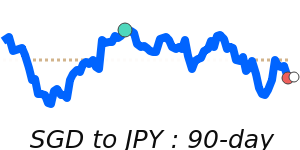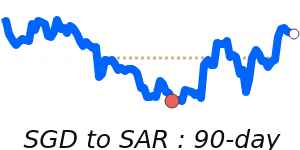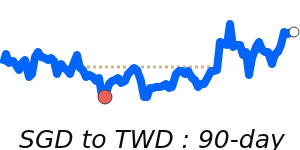The Singapore Dollar (SGD) has recently exhibited stability in key currency pairs, reflecting a complex interplay of economic performance and monetary policy adjustments. As of early December 2025, the SGD to USD exchange rate is at 0.7718, closely aligning with its three-month average. The rate has shown a stable movement within a 2.5% range of 0.7644 to 0.7837, indicating a relatively steady demand for the SGD against the dollar.
In terms of regional significance, the SGD to EUR rate has dropped to near 14-day lows at 0.6624 but remains within the three-month average, having fluctuated in a 1.1% range from 0.6597 to 0.6668. This slight dip could reflect market responses to broader economic concerns in the Eurozone, influencing SGD strength in this pair.
Analysts have noted the SGD to GBP exchange rate at 0.5790, which is also close to its three-month average. This stability, with a 2.3% trading range from 0.5741 to 0.5873, suggests that the SGD may benefit from continued interest in Singapore's robust economic fundamentals amidst a relatively strong performance in the UK economy.
In the Asian market, the SGD to JPY exchange rate stands at 119.8, which is notably 2.0% above its three-month average of 117.4. The SGD's position within a stable range of 114.2 to 120.6 indicates increased resilience against the Japanese yen, possibly driven by improving economic growth forecasts in Singapore.
The Monetary Authority of Singapore's (MAS) recent monetary policy adjustments reflect a cautious approach. In January 2025, MAS eased the slope of its exchange rate policy band, aiming to support economic growth against a backdrop of weaker-than-expected inflation projections. However, in October, MAS maintained its monetary policy stance, backed by a stronger-than-expected 2.9% year-on-year economic growth in the third quarter.
Concerns over external trade tensions, particularly with the U.S., continue to pose challenges, with potential tariffs on key Singaporean exports contributing to downward pressure on the SGD earlier in the year. Analysts had anticipated that these challenges might lead MAS to ease monetary policy further, but the latest inflation outlook suggests stability, with core inflation projected at a manageable 0.5% to 1.5% for 2025.
The current trends in SGD exchange rates, alongside the MAS's monetary policy decisions, highlight the currency's adaptability in a fluctuating global environment. Businesses and individuals engaging in international transactions may find these stable rate movements advantageous for planning and budgeting purposes.




